Parallax Pilgrimage: The Timeless Charm of 2.5D Action Video Games
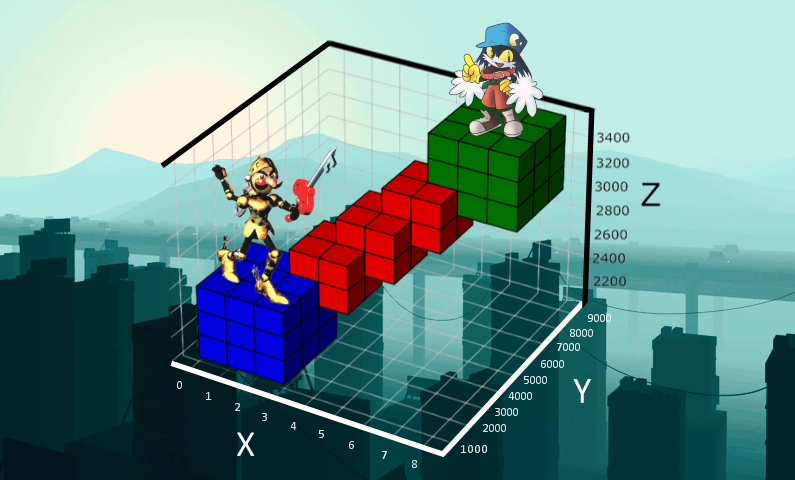
 sn’t it just wild what a simple addition or twist can do for a recognized formula? Just look at what tossing in a splash of Lime or Vanilla to a can of Pepsi does for the drink—the same cola base is there, only now it offers a whole new perspective to its taste, and they did this all without completely reinventing the wheel either. It took Pepsi forty years to come up with the idea, while the brilliant minds of the Video Game industry came up with their “Pepsi Lime” moment in thirty-seven with the 2.5D Platformer.
sn’t it just wild what a simple addition or twist can do for a recognized formula? Just look at what tossing in a splash of Lime or Vanilla to a can of Pepsi does for the drink—the same cola base is there, only now it offers a whole new perspective to its taste, and they did this all without completely reinventing the wheel either. It took Pepsi forty years to come up with the idea, while the brilliant minds of the Video Game industry came up with their “Pepsi Lime” moment in thirty-seven with the 2.5D Platformer.
The gulf between generational leaps in Video Games has never been wider than the 3D-crazed beginnings of the Fifth Generation. The technological advancements offered by the PlayStation, Saturn, and beyond had opened many doors that were never possible for console gaming before, but the biggest attraction of the 32-bit Amusement Park by far was the ability to explore new worlds in 360 Degree movement.
While some folks saw this development as a death throe for any game running in the Second Dimension, others saw it as an opportunity to enhance formulas already proven to work. Where backgrounds and foregrounds were once mere real estate used for graphical window dressing could now add a whole new depth to an already familiar perspective. Before long, a new sub-genre was formed and was affectionately referred to as 2.5D gaming—a foundation that has proven to be an endearing style of game that still appeals to the modern gaming demographic, and not just some stopgap between two stark generations.
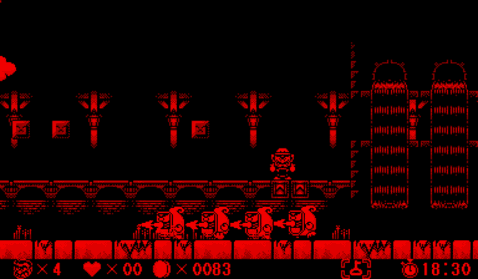 Virtual Boy Wario Land is another excellent example of 2.5D at work.Conceptually, the 2.5D direction isn’t exactly a bold new approach as developers have toyed with the idea for years when it came to exploiting the most they could out of the presentation of their games. Techniques like Axonometric and Oblique Projection, a technique that manipulates the different angles of a top-down perspective, thereby giving imaginary depth to objects that are in reality as flat as a spiked tire. Parallax Scrolling is another technique where developers layered multiple environmental renders across multiple planes of the X-Axis, each moving with their animation cycle with the action on-screen to create a sense of world that's far bigger than what’s actually there. There have been a few games that dabbled with these visual hacks for the core design of their software like SEGA’s Super-Scaler Arcade line, and Nintendo’s Mode 7 Tech for the SNES sure, but it wasn’t until a certain Darkhorse developer came onto the scene where these principles started to steadily began to drip into the mainstream gaming market.
Virtual Boy Wario Land is another excellent example of 2.5D at work.Conceptually, the 2.5D direction isn’t exactly a bold new approach as developers have toyed with the idea for years when it came to exploiting the most they could out of the presentation of their games. Techniques like Axonometric and Oblique Projection, a technique that manipulates the different angles of a top-down perspective, thereby giving imaginary depth to objects that are in reality as flat as a spiked tire. Parallax Scrolling is another technique where developers layered multiple environmental renders across multiple planes of the X-Axis, each moving with their animation cycle with the action on-screen to create a sense of world that's far bigger than what’s actually there. There have been a few games that dabbled with these visual hacks for the core design of their software like SEGA’s Super-Scaler Arcade line, and Nintendo’s Mode 7 Tech for the SNES sure, but it wasn’t until a certain Darkhorse developer came onto the scene where these principles started to steadily began to drip into the mainstream gaming market.
The first couple of titles that truly incorporated 2.5D mechanics into the DNA of its Gameplay were from SNK, making their debut on their Neo Geo line of hardware. Fatal Fury: King of Fighters, a fighting game launched on the heels of Capcom’s Street Fighter II, took that same concept a notch higher by allowing competitors free reign of the background plane of the stage, making traversal between the two layers of the state a key tactic for victory. Another title, Top-Hunter: Roddy and Cathy, released a few years later on May 18th, 1994, expanded upon the mechanic for an entirely different genre of gaming. The premise of the game tasked players with maneuvering their choice of Roddy or Cathy across 4 different planets where the level design pushed players into physically exploring the parallax layers of the stage through either the background plane or foreground plane at any given moment, significantly expanding the real-estate of the game’s landscape as a result. Granted, as successful as these titles may have been for the Neo Geo consumer base, their impact would go on to strike a bigger chord with their competitors, who took notice.
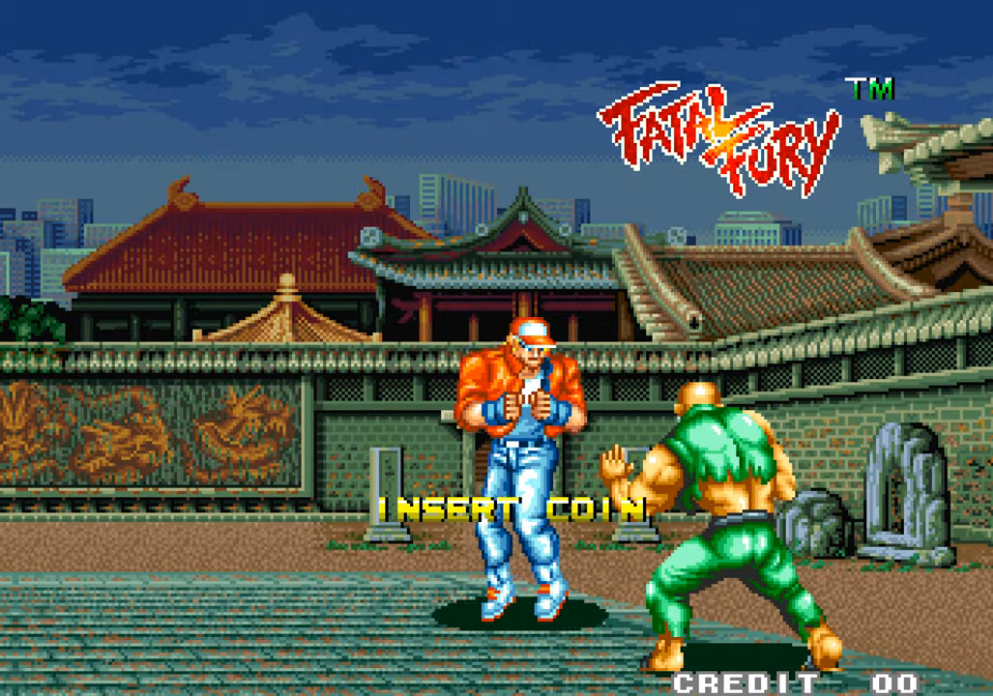 Fatal Fury: King of Fighters allowed dynamic use of the foreground and background for combat.
Fatal Fury: King of Fighters allowed dynamic use of the foreground and background for combat.
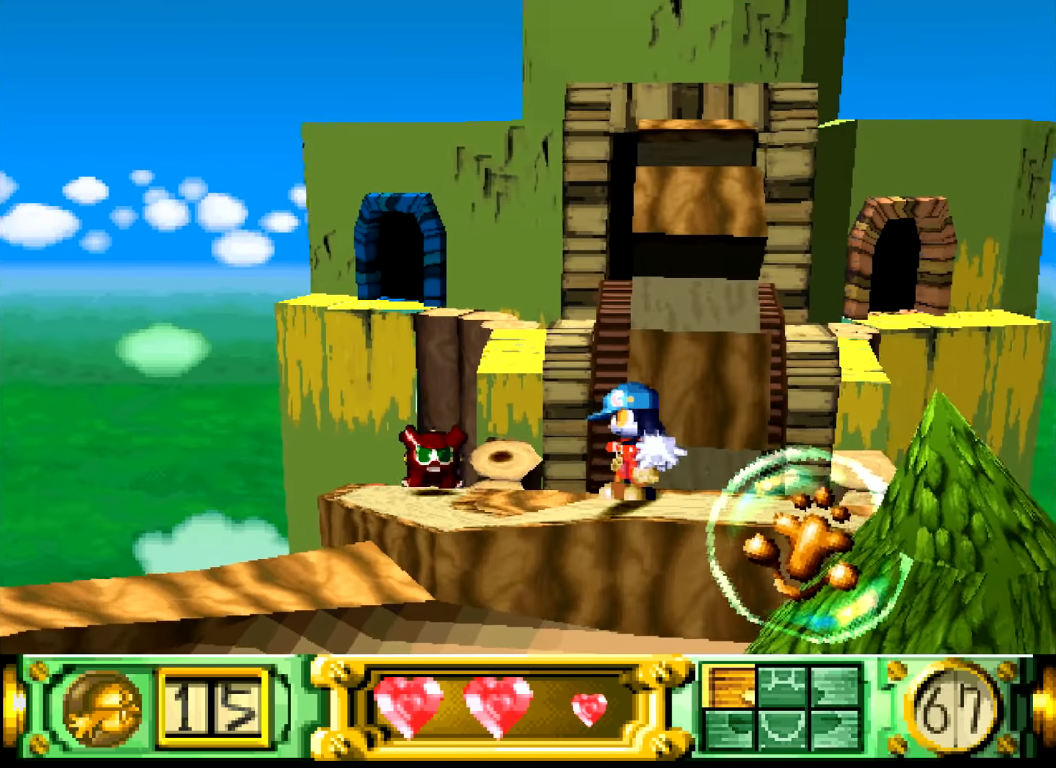 Klonoa: Door to Phantomile arguably put 2.5D Action Games on the map.SEGA in particular invested in the prospect of 2.5D-driven games, due to the specific hardware architecture of their premiere home platform, the Sega Saturn, and its SuperH RISC processing engine which specialized in enhancing existing 2D graphical effects more so than 3D Modeling and Rendering. With the Saturn requiring a great deal more investment and resources from developers to produce a true three-dimensional experience, SEGA put their efforts into the next best course with experience built with 2.5D exclusives in mind instead. These games included Clockwork Knight, BUG!, Astal, and several other games that fleshed the side-scrolling dynamic into a full-fledged diorama of distance and reach that was never possible with this style of game before.
Klonoa: Door to Phantomile arguably put 2.5D Action Games on the map.SEGA in particular invested in the prospect of 2.5D-driven games, due to the specific hardware architecture of their premiere home platform, the Sega Saturn, and its SuperH RISC processing engine which specialized in enhancing existing 2D graphical effects more so than 3D Modeling and Rendering. With the Saturn requiring a great deal more investment and resources from developers to produce a true three-dimensional experience, SEGA put their efforts into the next best course with experience built with 2.5D exclusives in mind instead. These games included Clockwork Knight, BUG!, Astal, and several other games that fleshed the side-scrolling dynamic into a full-fledged diorama of distance and reach that was never possible with this style of game before.
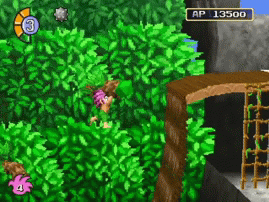 Tomba offers incredible depth for a side-scroller.Soon other contemporaries threw their hats into the expanding console market with the Sony PlayStation playing host to a variety of 2.5D releases of their own like Crystal Dynamics’ Pandemonium, Whoopee Camp’s Tomba, Namco’s Klonoa, and most notably Naughty Dog’s Crash Bandicoot, a marquee release for the platform that was arguably more 2.5D in scope than a fleshed-out 3D title. Granted, it didn’t take long for fully 3D games to sweep the stream of consciousness thanks in large part to one significant release that generation, Super Mario 64 on Nintendo’s premier 64-bit entry for the generation, where the iconic plumber was able to trek across expansive worlds never realized the way they were in the landmark launch game. The success of Mario’s first 3D Adventure created a whole new demand across the board, causing Execs like Bernie Stollar to alienate any 2D titles from releasing in the west across the Saturn, and subsequently the PlayStation after leaving Sega of America. This narrowed focus caused many different 2.5D gems that were released in other territories to be left behind—games like Panzer Bandit, Trash it, or Princess Crown.
Tomba offers incredible depth for a side-scroller.Soon other contemporaries threw their hats into the expanding console market with the Sony PlayStation playing host to a variety of 2.5D releases of their own like Crystal Dynamics’ Pandemonium, Whoopee Camp’s Tomba, Namco’s Klonoa, and most notably Naughty Dog’s Crash Bandicoot, a marquee release for the platform that was arguably more 2.5D in scope than a fleshed-out 3D title. Granted, it didn’t take long for fully 3D games to sweep the stream of consciousness thanks in large part to one significant release that generation, Super Mario 64 on Nintendo’s premier 64-bit entry for the generation, where the iconic plumber was able to trek across expansive worlds never realized the way they were in the landmark launch game. The success of Mario’s first 3D Adventure created a whole new demand across the board, causing Execs like Bernie Stollar to alienate any 2D titles from releasing in the west across the Saturn, and subsequently the PlayStation after leaving Sega of America. This narrowed focus caused many different 2.5D gems that were released in other territories to be left behind—games like Panzer Bandit, Trash it, or Princess Crown.
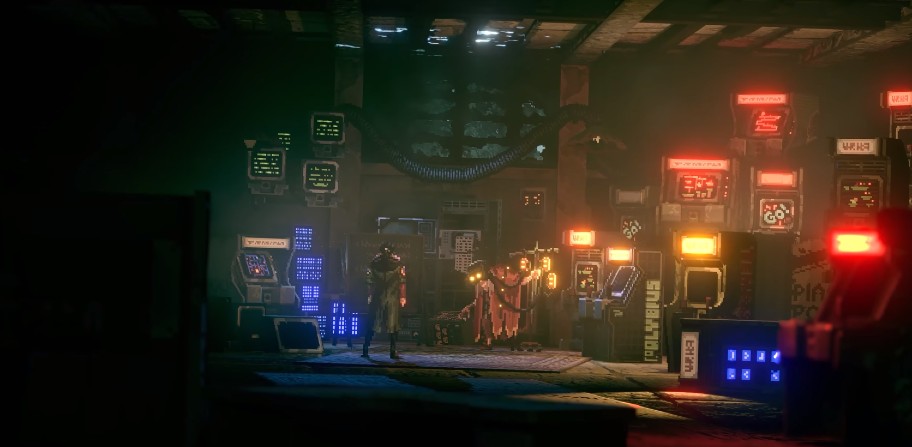 Replaced is one of most impressive looking 2.5D Games in action.
Replaced is one of most impressive looking 2.5D Games in action.
While this unique style of gameplay was quickly overshadowed by the demand of its 3D peers during its prime, the unconventional subgenre has surprisingly aged like a fine wine in direct contrast to those same titles where the early nuances are much more unrefined than their modern contemporaries. The minimalistic approach of added perspective and the sheer simplicity of those special mechanics outlived the majority of 3D outings that were infamously plagued with clunky cameras and poor draw-distancing making them more of a curio than anything worth replaying today. Better yet, thanks to the boom of Digital Distribution, there has even been a resurgence of 2.5D games from studios both big and small; from Nintendo’s Donkey Kong Country Returns and Sony’s Puppeteer to independent outfits still releasing new 2.5D titles to this very day, like Oddworld: Soulstorm, Trek to Yomi, or The Gardener & The Wild Vines just to name a few. The added 3D flourishments layered on top of the time-tested fundamentals of 2D-driven gameplay still have plenty of potential to innovate upon, and with games like Klonoa Phantasy Reverie and Replaced just on the horizon, it’s second-biggest subgenre next to Metroidvania to continually offer experiences far bigger than the sum of its parts.





 GeorgieBoysAXE
GeorgieBoysAXE




